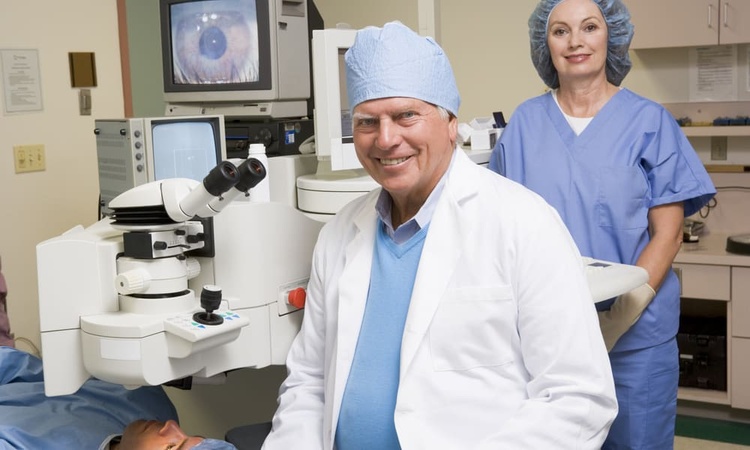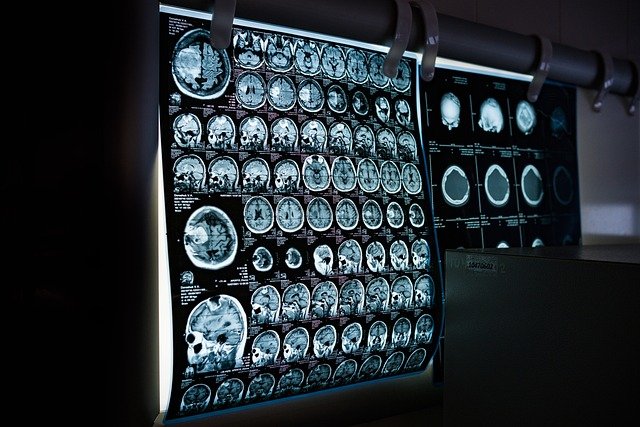Kidney Transplant Treatment in the United States: What Patients Should Know in 2025
Kidney transplant care in the United States continues to evolve in 2025, with clearer evaluation pathways, broader education for patients and families, and growing emphasis on safety and equity. This overview explains how transplantation works, who may qualify, what evaluations involve, and when to start conversations with your care team.

Kidney transplantation is a major treatment option for people with advanced chronic kidney disease or kidney failure. In the United States, the process blends clinical decision making with careful readiness planning, including medical testing, education, and support for long term medication use. While every center has its own protocols, most follow similar national standards designed to promote safety and fair access. Patients and caregivers can use the guidance below to talk with a nephrologist and make informed decisions in 2025.
This article is for informational purposes only and should not be considered medical advice. Please consult a qualified healthcare professional for personalized guidance and treatment.
Understanding Kidney Transplantation
A kidney transplant places a healthy donor kidney into a person whose kidneys can no longer adequately filter waste. Transplants can come from living donors or deceased donors. Many recipients experience improved energy, fewer diet limits, and greater flexibility compared with dialysis. Success depends on overall health, donor organ quality, and adherence to immunosuppressive medicines such as tacrolimus, mycophenolate, and steroids. These medicines lower rejection risk but can increase infection risk and have side effects that require regular monitoring. Ongoing follow up includes lab tests, blood pressure management, and lifestyle measures like a balanced diet, physical activity as advised, and avoiding tobacco.
Early Signs You May Need to Discuss Transplant Options
Talk with your nephrologist about transplant options if kidney function is steadily declining, especially as estimated glomerular filtration rate trends toward advanced chronic kidney disease stages. Frequent hospitalizations related to kidney disease, difficulty tolerating dialysis, or complications such as repeated access problems can also prompt discussion. Persistent symptoms like profound fatigue, poor appetite, nausea, or fluid overload despite optimized care may signal it is time to learn about evaluation steps. Early planning does not commit you to surgery; it ensures you understand benefits, risks, and timing so you can prepare medical, practical, and social support needs in your area.
Who Qualifies for a Kidney Transplant in the U.S.
Eligibility focuses on medical suitability and readiness to manage lifelong care. Candidates usually have end stage kidney disease or advanced chronic kidney disease where transplant is likely to improve survival or quality of life. Evaluation looks for conditions that raise surgical risk, such as unstable heart disease or active infection. A history of cancer often requires a disease free waiting period based on cancer type and stage. Most centers consider overall fitness rather than age alone. Other common factors include body mass index targets, stable mental health, and the ability to take medicines as prescribed. Substance use disorders are evaluated with attention to safety and recovery supports. Caregiver availability and reliable transportation can influence readiness for discharge and follow up.
The Transplant Evaluation Process
Evaluation typically begins with a referral to a transplant center. Many centers offer an education class that explains surgery, recovery, and long term care. Testing commonly includes blood type and tissue typing, infectious disease screening, chest imaging, heart evaluation, and imaging of abdominal vessels. Dental and vaccination reviews help reduce infection risks after surgery. A psychosocial assessment considers coping skills, caregiver support, and practical factors like time away from work or school. Financial counseling reviews insurance coverage, medicine costs, and coordination with your health plan. If approved, candidates may be listed on the national waiting list maintained under the Organ Procurement and Transplantation Network. Some patients pursue living donation from a relative, friend, or altruistic donor, which can shorten wait time and may allow preemptive transplant before dialysis starts.
When to Consider Asking About a Transplant
It is reasonable to start the conversation as chronic kidney disease approaches stage 4 or when a clinician anticipates kidney failure within the coming months. Preemptive transplantation, completed before starting dialysis, can offer quality of life advantages for selected patients, but requires early planning. Ask about timing if your kidney function is declining, if dialysis sessions are increasingly burdensome, or if you are facing complications despite good adherence. Discuss potential living donors early, as their evaluation takes time. Your team can also help you weigh travel logistics, local services that support recovery, and any adjustments needed at home to make follow up care realistic.
Preparing for Life After a Transplant
Recovery usually involves a hospital stay followed by frequent clinic visits for lab checks and medicine adjustments. Many centers encourage walking as soon as it is safe to help blood flow and reduce complications. Over time, visit frequency decreases, but monitoring remains essential. Medicines must be taken on schedule to reduce rejection risk. Plan ahead for pharmacy refills, insurance authorizations, and backup transportation. Nutrition guidance typically focuses on food safety, balanced protein, and managing blood sugar and blood pressure. Because immunosuppression increases infection risk, hand hygiene, vaccine updates as advised, and prompt attention to fevers or unusual symptoms are important. Sun protection and routine cancer screenings are emphasized due to increased skin and certain cancer risks.
Living Donation and Paired Exchange
Living donor kidneys often start working quickly and can last many years, but outcomes vary. Potential donors complete their own comprehensive evaluation to protect their health and ensure voluntary informed consent. If a willing donor is incompatible with the recipient, a paired exchange program may match two or more donor recipient pairs so each recipient receives a compatible kidney. Centers will explain how matching works, potential wait times, and travel or coordination needs. Donor safety remains the priority throughout evaluation, surgery, and follow up.
Practical Planning and Support
Successful transplant care relies on clear communication and a reliable routine. Keep a current medicine list, set reminders for doses, and bring questions to appointments. Identify a caregiver who can help during the first weeks at home. Ask your center about education resources for family members, social work services, and support groups. Many communities offer transportation assistance, nutrition counseling, or home health services that can be arranged in your area. Clarify insurance benefits and any authorizations needed for medicines, lab tests, or follow up visits so that coverage stays uninterrupted.
Risks, Safety, and Evolving Policies in 2025
Transplant risks include surgical complications, rejection, infection, and side effects from medicines such as elevated blood sugar, blood pressure changes, or tremor. These risks are balanced against the burdens of continued dialysis and the effects of advanced kidney disease. In 2025, transplant practice continues to emphasize equitable access, safety monitoring, antimicrobial stewardship, and patient education. Policy updates and allocation refinements occur periodically through national oversight processes. Your transplant team can explain how current policies affect waiting times, compatibility matching, and travel considerations, and will share center specific outcomes in a transparent way to support informed consent.
Conclusion Kidney transplantation in the United States brings together careful evaluation, surgical expertise, and long term partnership between patients, caregivers, and clinicians. Early conversation with a care team helps align timing, readiness, and support. With realistic expectations, adherence to medicine and follow up, and ongoing attention to general health, many recipients achieve durable improvements in daily life and overall well being.



